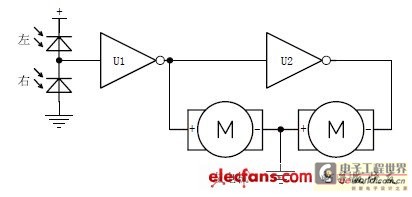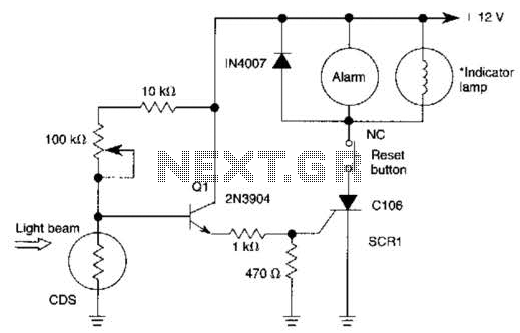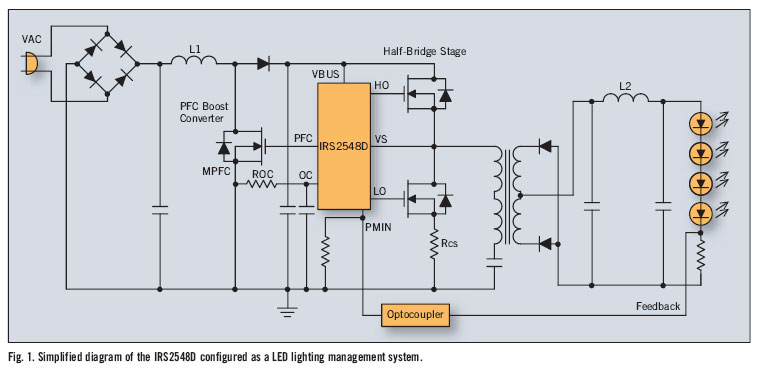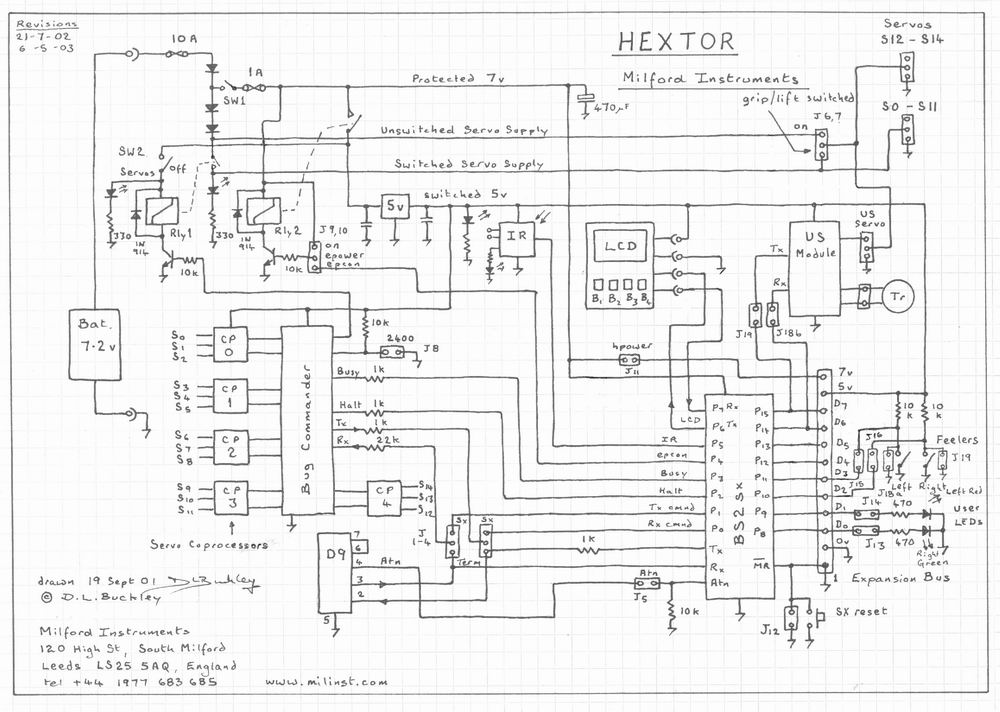
Light Follower Robot
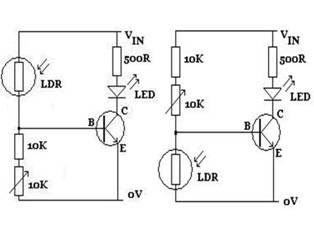
The figures above illustrate the fundamental concept of a robot, which consists of various input and output devices connected to a central processing unit, commonly referred to as the brain. These inputs and outputs are essential for the robot's functionality and interaction with its environment.
In a typical robotic system, the brain serves as the central controller that processes the information received from input devices, such as sensors, and generates commands for the output devices, like motors or actuators. Input devices can include a variety of sensors, such as ultrasonic sensors for distance measurement, infrared sensors for obstacle detection, and cameras for visual processing. These sensors collect data about the robot's surroundings, which is then transmitted to the brain for analysis.
The brain processes the incoming data using algorithms that dictate the robot's actions based on the information received. For example, if an ultrasonic sensor detects an object within a certain range, the brain may process this information to stop or change the direction of the robot to avoid a collision.
Output devices are responsible for executing the commands generated by the brain. Motors can be used to drive the wheels of a mobile robot, while servos may be employed for precise movements, such as in robotic arms. Additionally, LEDs or speakers can serve as indicators or communicators of the robot's status or actions.
The interaction between input and output devices is crucial for the robot's ability to perform tasks autonomously or semi-autonomously. The design of the circuit connecting these components must ensure that data can be transmitted efficiently and accurately, with considerations for power supply, signal integrity, and noise reduction.
In summary, the architecture of a robotic system involves a synergistic relationship between its input sensors and output actuators, all governed by a central processing unit that interprets data and executes appropriate actions. This fundamental framework is applicable across various robotic applications, from simple hobbyist projects to complex industrial robots.The figures above shows the basic idea of any robot, where we have some inputs and output devices connected to the brain and some outputs controlled b.. 🔗 External reference
In a typical robotic system, the brain serves as the central controller that processes the information received from input devices, such as sensors, and generates commands for the output devices, like motors or actuators. Input devices can include a variety of sensors, such as ultrasonic sensors for distance measurement, infrared sensors for obstacle detection, and cameras for visual processing. These sensors collect data about the robot's surroundings, which is then transmitted to the brain for analysis.
The brain processes the incoming data using algorithms that dictate the robot's actions based on the information received. For example, if an ultrasonic sensor detects an object within a certain range, the brain may process this information to stop or change the direction of the robot to avoid a collision.
Output devices are responsible for executing the commands generated by the brain. Motors can be used to drive the wheels of a mobile robot, while servos may be employed for precise movements, such as in robotic arms. Additionally, LEDs or speakers can serve as indicators or communicators of the robot's status or actions.
The interaction between input and output devices is crucial for the robot's ability to perform tasks autonomously or semi-autonomously. The design of the circuit connecting these components must ensure that data can be transmitted efficiently and accurately, with considerations for power supply, signal integrity, and noise reduction.
In summary, the architecture of a robotic system involves a synergistic relationship between its input sensors and output actuators, all governed by a central processing unit that interprets data and executes appropriate actions. This fundamental framework is applicable across various robotic applications, from simple hobbyist projects to complex industrial robots.The figures above shows the basic idea of any robot, where we have some inputs and output devices connected to the brain and some outputs controlled b.. 🔗 External reference
